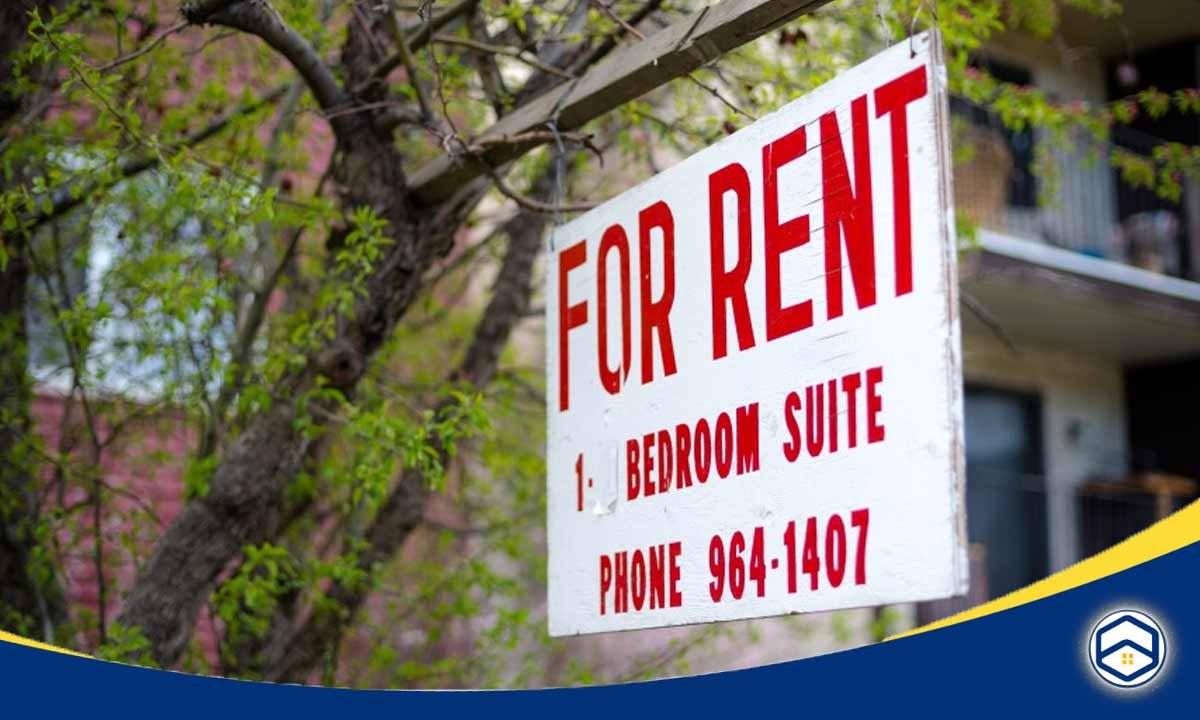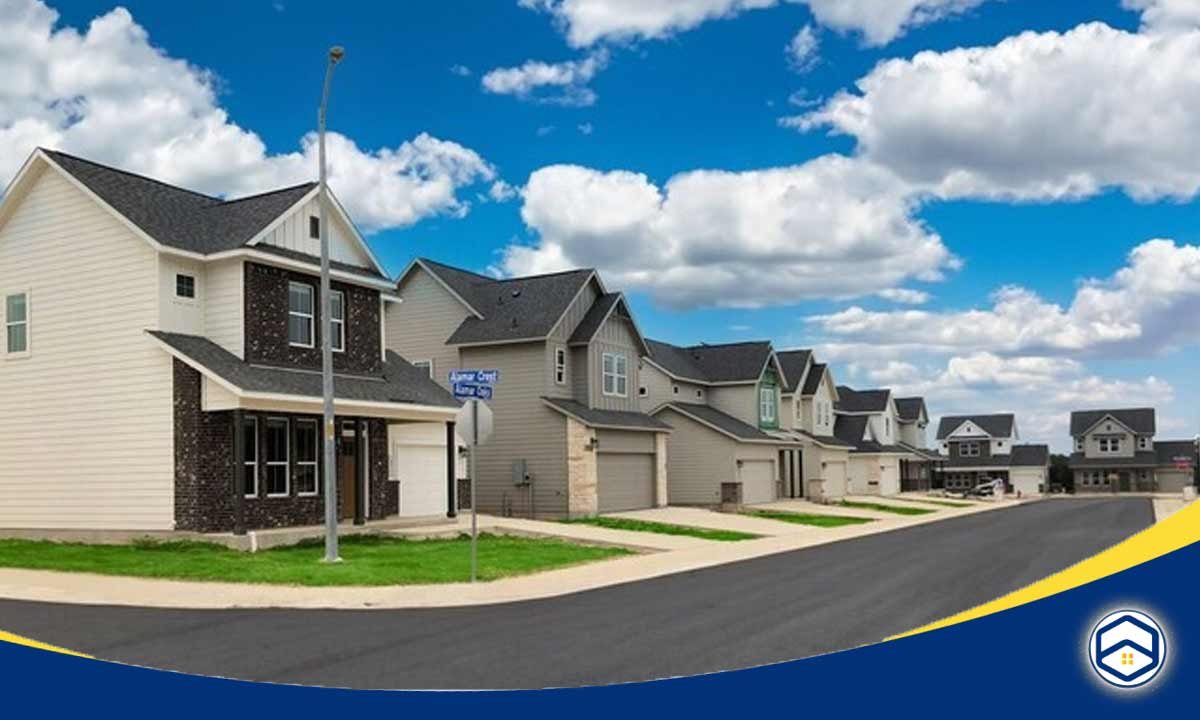What is a capital improvement? might be a question if you are curious about home upgrades and their financial impact.
These enhancements have a distinct impact on your property’s value and tax considerations. Join us as we unravel the essence of capital improvements, exploring their unique role in shaping property values and their significance in financial landscapes.
What is considered a capital improvement?

A capital improvement refers to changes or enhancements made to real property that fulfill all three key criteria.
- It significantly increases the value of the property or extends its lifespan.
- It becomes an integral, permanent part of the property, firmly affixed to it.
- The intent behind its installation is for a lasting enhancement.
For instance, envision projects like constructing a deck, fitting a hot water heater, or adding kitchen cabinets.
These special improvements get different treatment from the IRS compared to regular fixes. These upgrades can boost a property’s overall value and might mean paying less in taxes when selling it.
In some places, these improvements let landlords charge more rent than usual rules allow.
This special treatment makes capital improvements a smart choice for property owners aiming for better value and sometimes more income.
How it works?
Capital improvements make a property worth more and more useful. According to the IRS, these improvements stick around for a year or more.
Whether you’re a homeowner or property owner, you can do these kinds of upgrades. The IRS guidebook, Publication 523, lists what counts as a capital improvement.
Stuff like adding or redoing bedrooms, bathrooms, or decks. Even simpler things like new appliances, floors, or giving the place a fresh look outside with a new roof or siding.
And if you’re thinking about adding a permanent pool or driveway, those can count too. These changes aren’t just quick fixes – they’re long-term upgrades that boost a property’s value and usefulness.
Capital improvements examples

Suppose a homeowner purchases a house for $300,000. After living in the house for a few years, they decided to add a swimming pool to the backyard. The cost of the swimming pool installation is $40,000.
Since this is a qualified capital improvement and not a regular repairs and maintenance expense, it falls under the standards of capital projects. Therefore, no sales taxes are paid on the swimming pool installation.
Additionally, being a capital improvement, the cost basis of the property increases from $300,000 to $340,000.
After some more time, the homeowner decides to sell the property for $500,000. Since the property had some capital improvements, the capital gain comes to $160,000.
Things to consider before capital improvement

Cost Basis Considerations
Before making big changes, it’s essential to know how these improvements affect the starting cost of your property.
For something to count as a capital improvement, it has to stick around permanently and add significant value.
Regular fixes, like painting or fixing small things, don’t count, but bigger projects like replacing all windows do. Remember, not every fix boosts the starting cost of your property.
Capital Gains Impact
Making these improvements can also change how much tax you pay when you sell your property. These upgrades can increase your property’s starting cost, which can mean paying less tax when you sell.
If you’re selling your main home and meet certain conditions, you might not have to pay tax on a certain amount of profit.
But if your property value shoots up a lot or you’ve owned it for a long time, you might end up paying more tax. Knowing these details helps us understand how improvements affect taxes.
Local Exemptions
Different places have rules that can affect what these improvements mean for you. For example, in New York, there’s a program that lets landlords raise rent each year to cover big upgrades.
While it’s meant to help improve properties, some landlords might misuse it by making up or exaggerating expenses. This can mean higher rents for tenants. Understanding these local rules and how they might get used is important, especially if similar rules exist where your property is.
Understanding the difference between Capital Improvements versus Repairs and Maintenance

When you’re deciding between fixing things up or making big changes to your property, it boils down to whether it makes the place worth more.
Big changes that amp up the property’s value—like adding new stuff or doing major renovations—are called capital improvements. They’re the ones that give your place a boost in value.
But if it’s just about keeping things in order without making the place worth more, that’s repairs and maintenance. These don’t increase the property’s value and are more about keeping things ticking along smoothly.
Maintenance is all about stopping things from going wrong before they do any real damage.
A list of capital improvements to an apartment could include various upgrades that extend the lifespan of the property and increase its value.
For example, replacing outdated appliances with energy-efficient models, upgrading the HVAC system, installing smart technology for lighting or temperature control, or adding a new security system.
Other capital improvements might include renovating the kitchen or bathroom, installing new flooring, or replacing windows with more energy-efficient models.
On the other hand, repair and maintenance expenses examples might include repainting walls, replacing light fixtures, or fixing broken windows.
These types of expenses are considered operating expenditures and are necessary to keep the apartment in good working order.
While they may not increase the value of the property, they are important for maintaining a safe and comfortable living environment for tenants.
FAQs
How Tax is Affected by Repairs and Maintenance vs Improvements?
Repairs and maintenance expenses can usually be deducted annually, lowering taxable income.
However, improvement costs need to be spread out over the improvement’s lifespan. Differentiating between these expenses matters for taxes.
Repairs and maintenance are operational costs, while improvements are seen as capital expenditures.
It’s advisable to consult an accountant to navigate expenses that straddle these categories and understand their tax implications.
Is There A Capital Improvement Fee?
A capital improvement fee is a charge imposed by a Homeowner’s Association (HOA) when a property within the association is sold.
This fee isn’t standard and fluctuates based on the specific HOA regulations. Its purpose is to gather funds dedicated to future capital improvements within the HOA.
These fees contribute to enhancing shared amenities, infrastructure, or other community upgrades benefiting all homeowners in the association.
Final thought
Making big, lasting upgrades to your home or property – like adding a deck or redoing a bathroom—is what we call capital improvements. These changes stick around and seriously boost your property’s value.
They’re different from regular fixes like painting walls or fixing small things around the house. Capital improvements make your place worth more and can even affect taxes when you sell.
Understanding their impact on taxes and your property’s overall worth is important for savvy homeowners or property investors.








